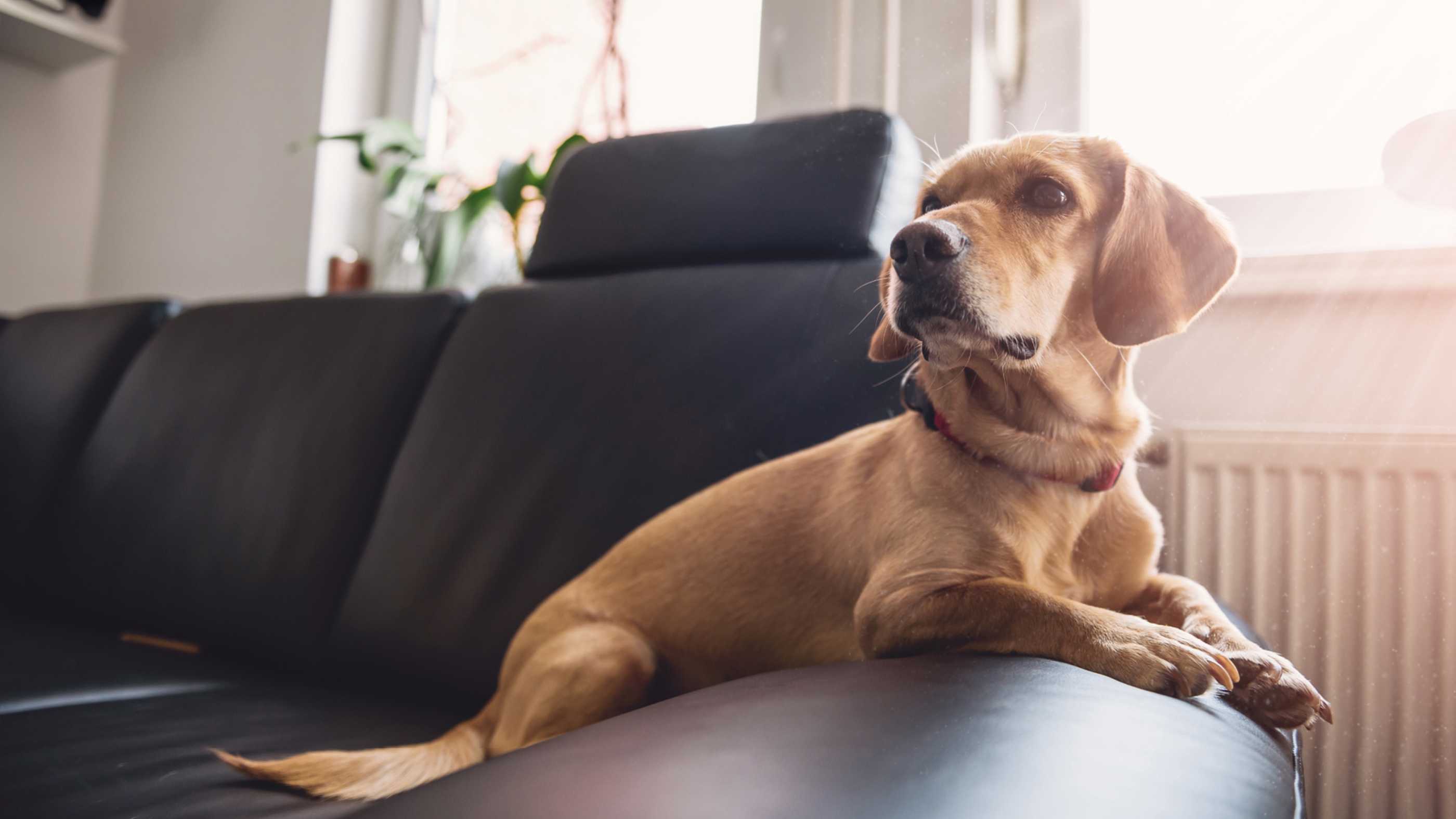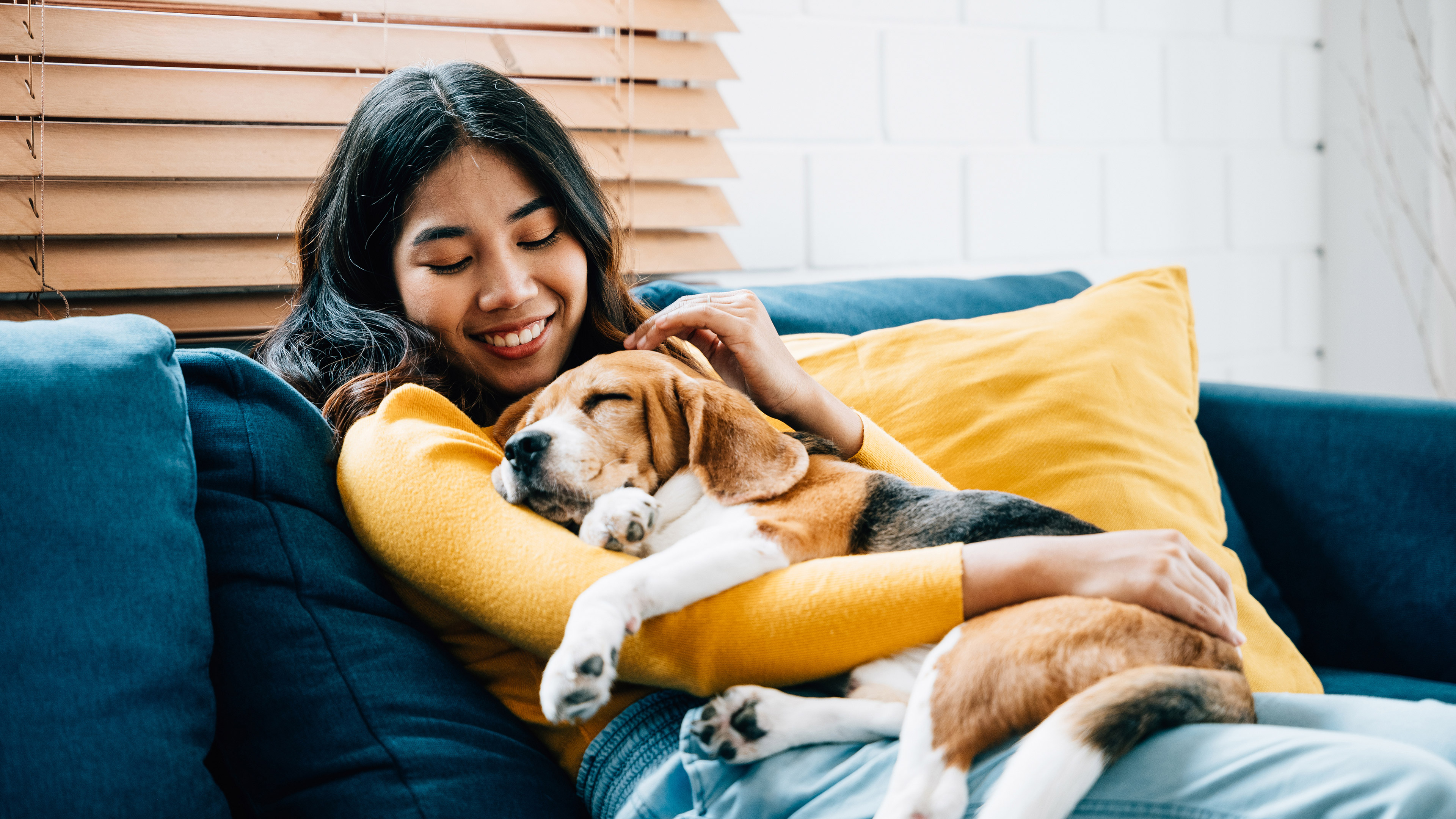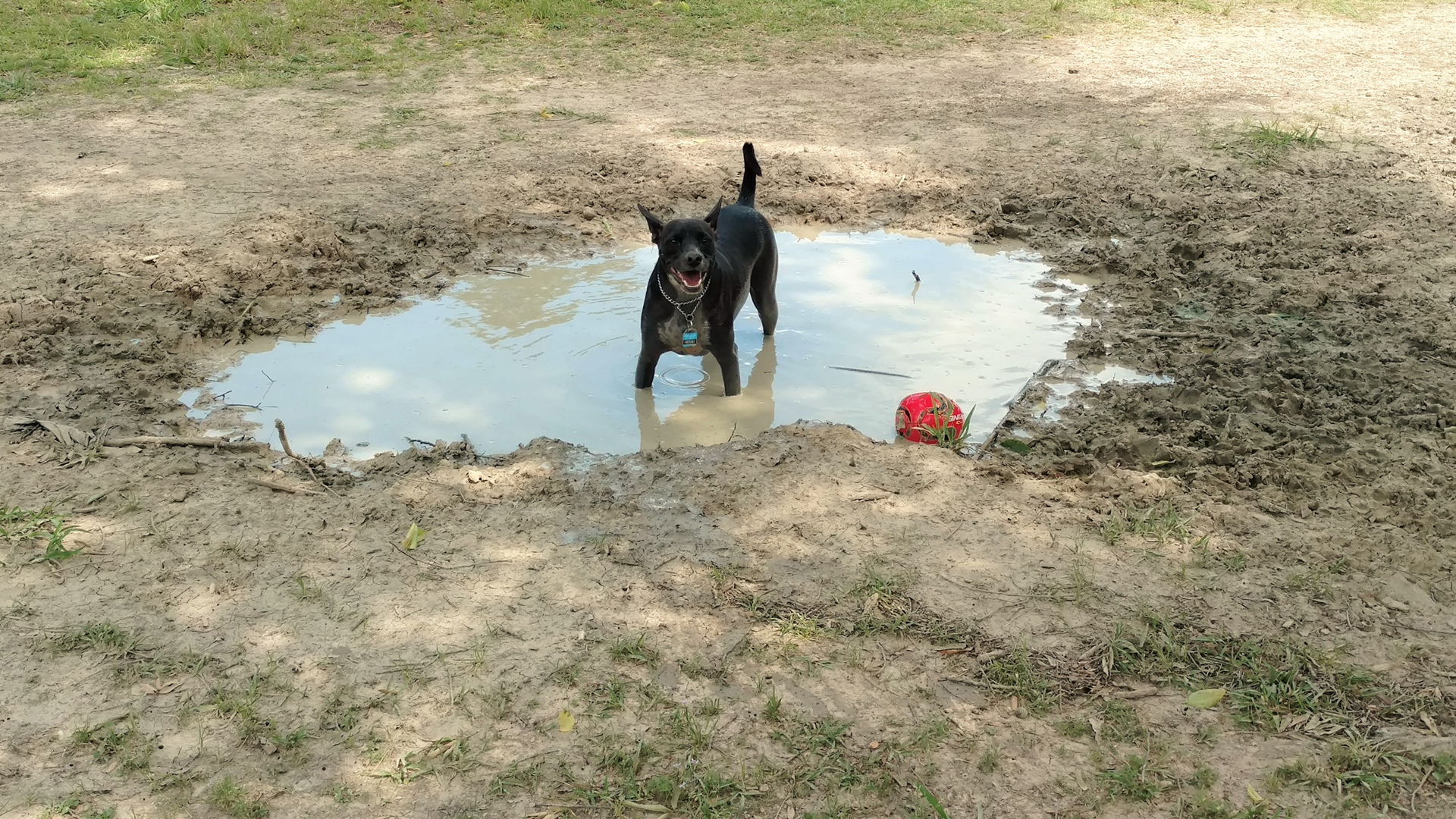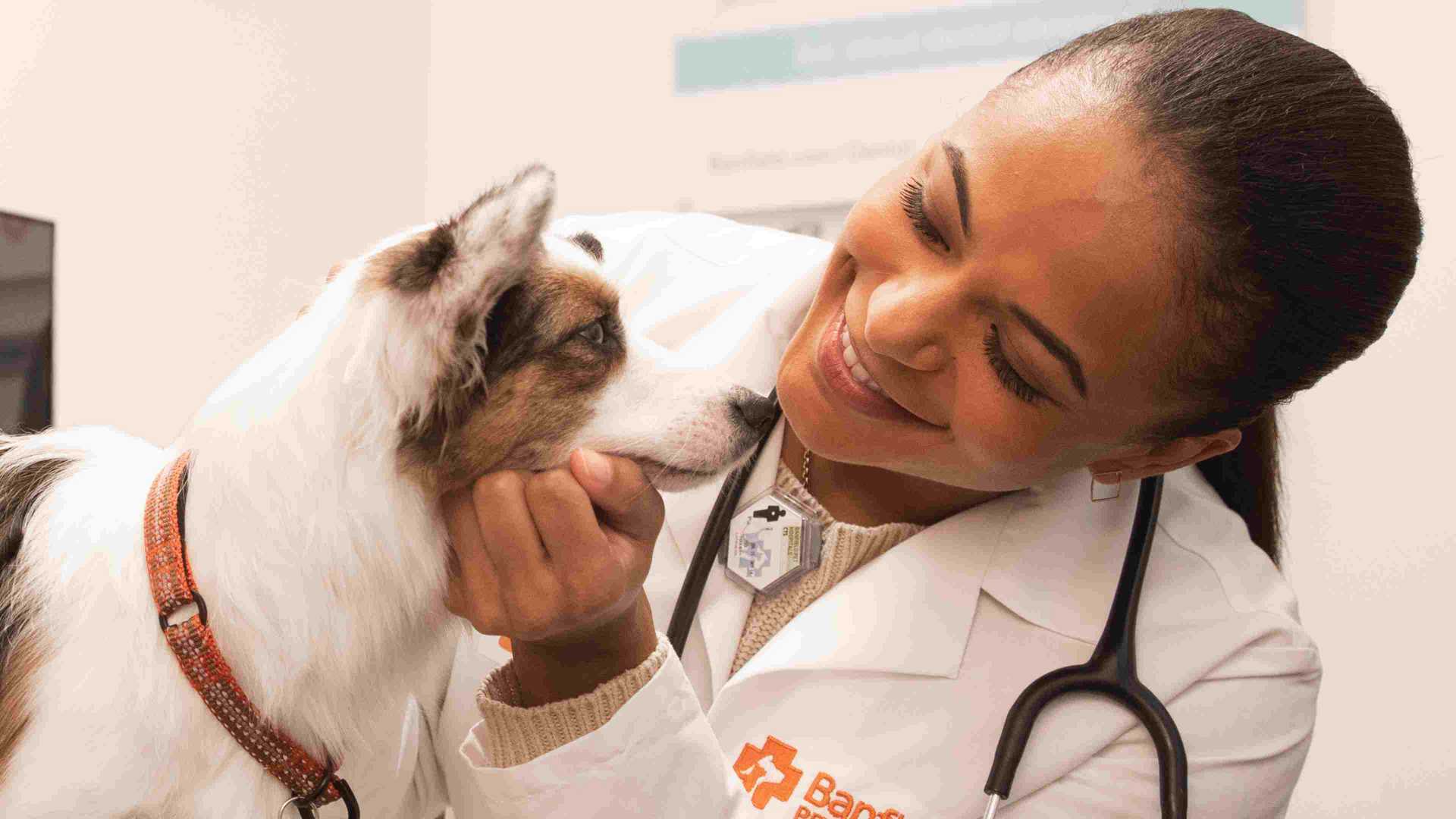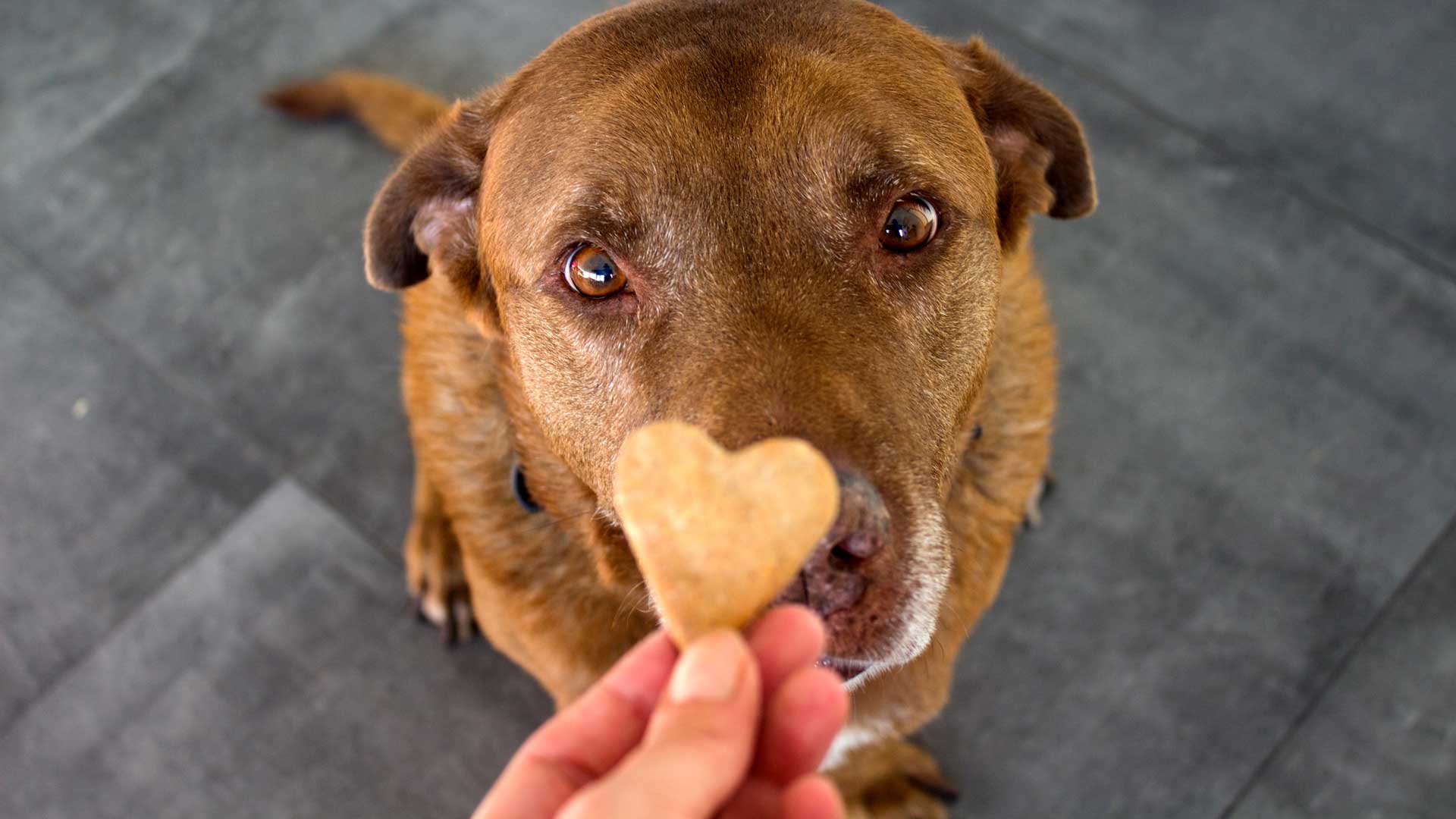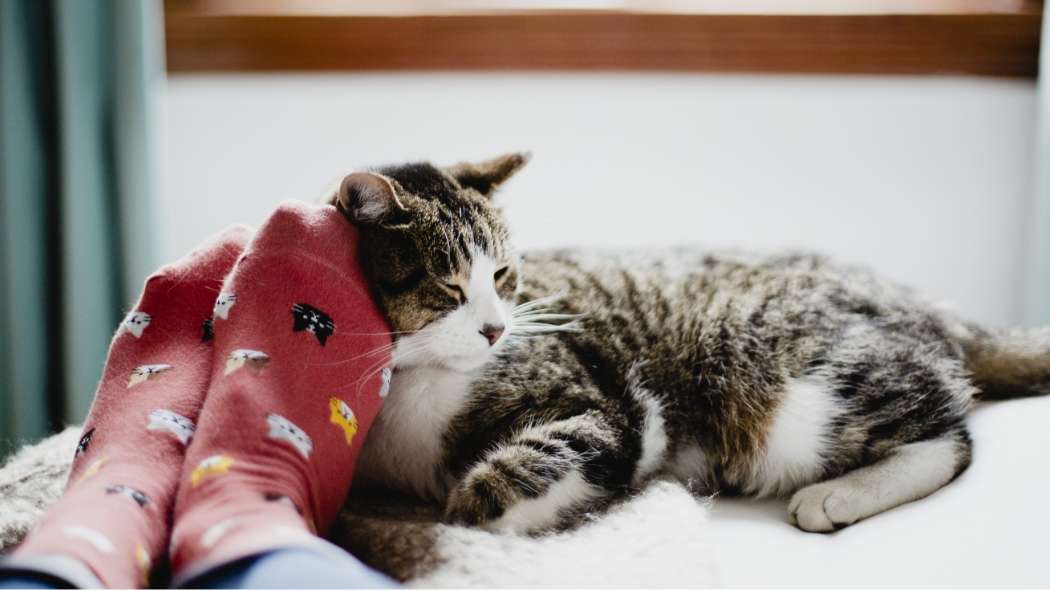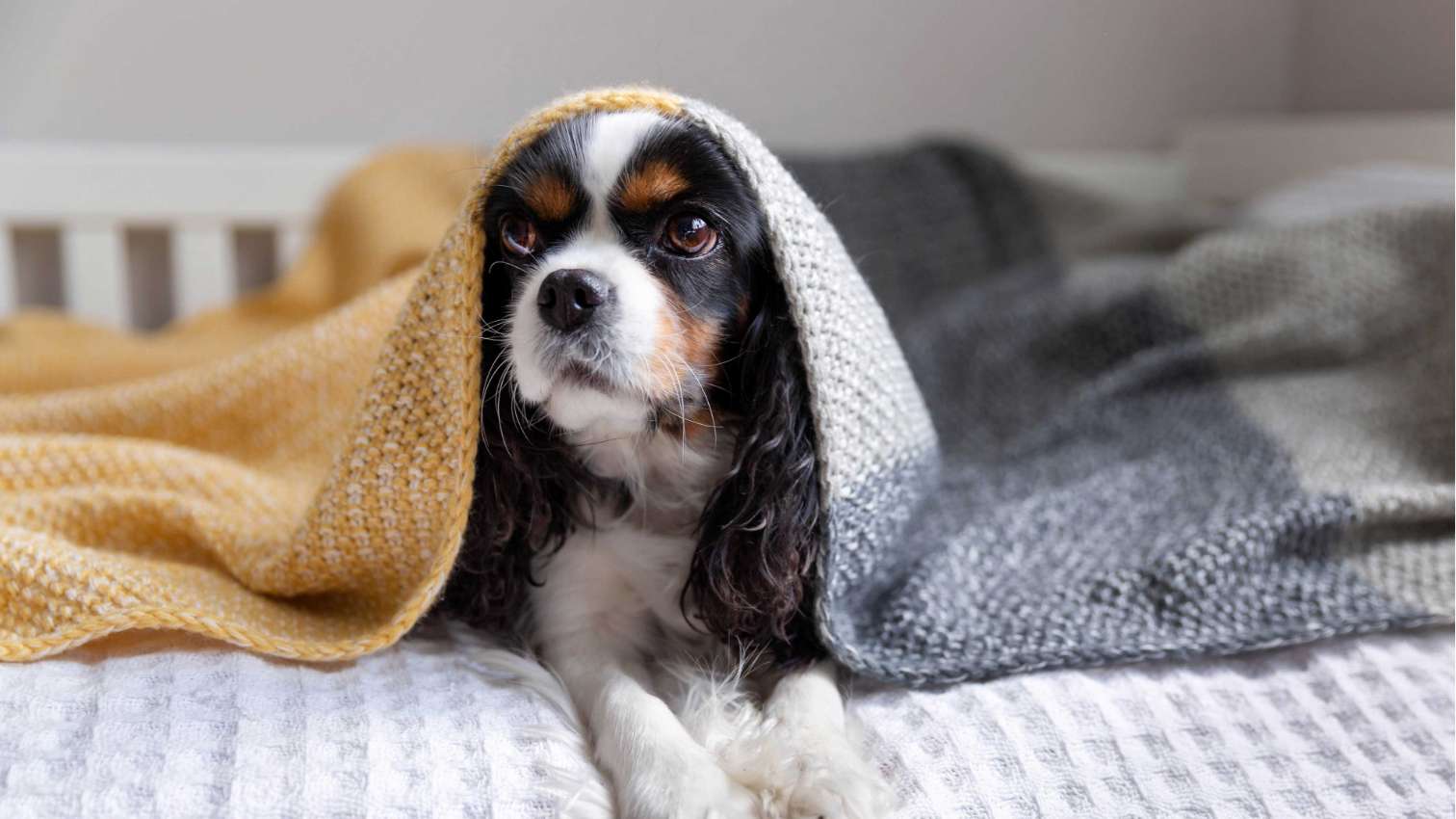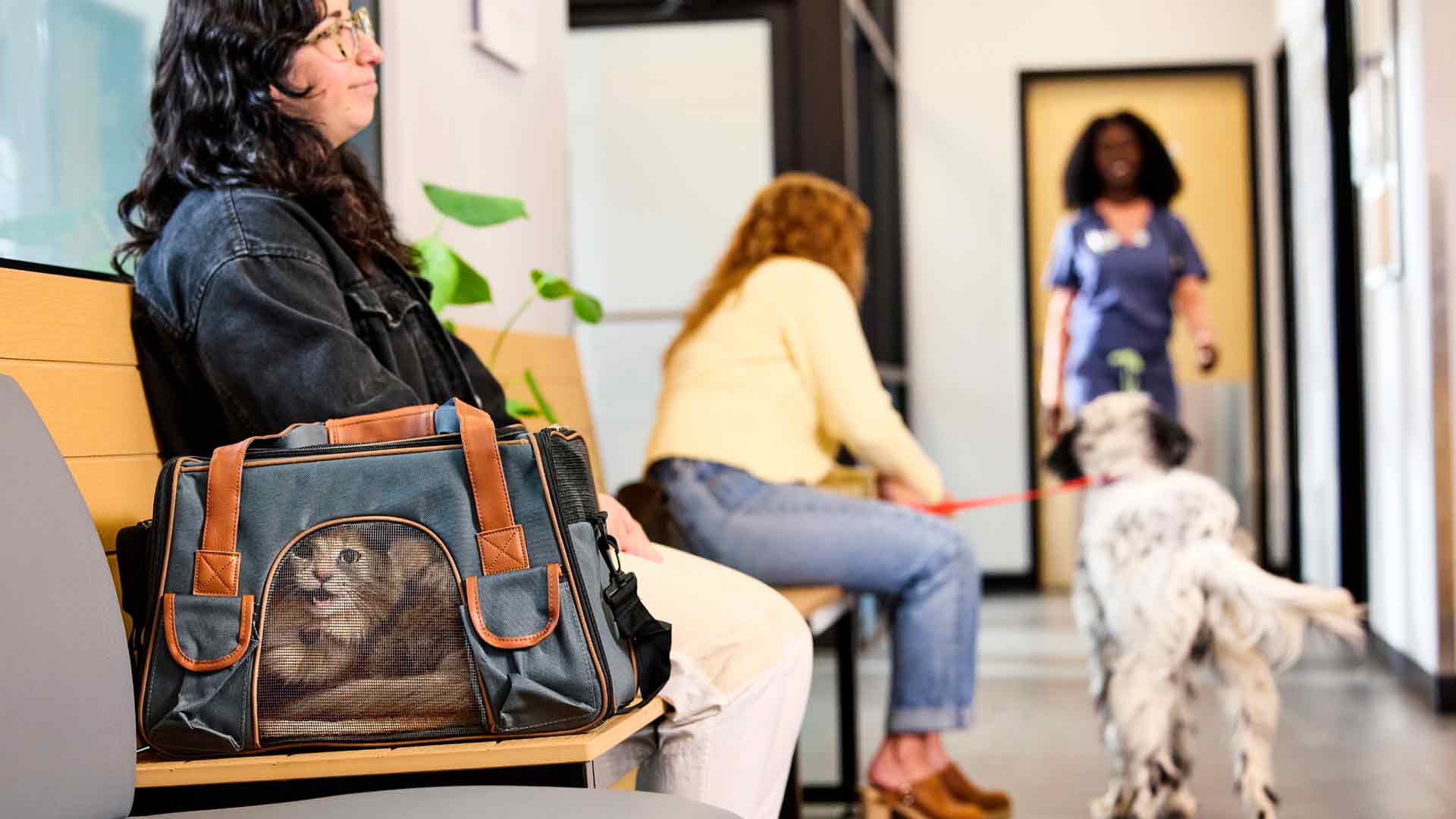help pets overcome separation anxiety
It’s Monday morning, and you’re heading out and leaving the pet(s) you love behind. How are they going to handle it?
If your pet gets anxious when you leave the house, knowing how to help them can be challenging. In this blog, we’ll review the signs of separation anxiety and how to keep your furry friend at ease.
What is separation anxiety?
That’s a great question. But as Board Certified Veterinary Behaviorist Dr. Alexandra Moesta wrote in a recent article, there are a range of factors and it’s sometimes difficult to pinpoint the primary cause.
“Sometimes, signs of separation anxiety are brought about by a sudden change to a dog’s environment like moving to a new house or family, a change to their individual living circumstances, such as spending a lot of time with their human(s) without being left alone, or even the loss of another family pet,” writes Dr. Moesta.
And some pets who have historically suffered from anxiety-related disorders may be more susceptible to being affected again.
Look for signs
Pet separation anxiety can start before you depart. For example, a pet might not want to leave your side, might not eat their breakfast, might pant a lot, and/or might try to leave the house with you. When you do leave, dogs with separation anxiety might whine or bark and might react to noises outside the house that wouldn’t typically concern them when you’re at home. They might also chew or otherwise damage things while you’re gone.
Help the pet you love
Dr. Moesta provides valuable advice about things you can do now if you suspect your dog may be at risk of separation anxiety. Here are some key excerpts:
Keep a consistent, predictable routine and spend some time apart
It’s important to establish a routine with our pets, which allows them to predict what will happen next and will go a long way in reducing stress. This new routine should also include some time away from you and anyone else in your household, but ensuring your dog is comfortable while you’re away is essential.
Use training & enrichment activities
Now is a good time to practice crate training or to teach your dog to go to a mat on cue. Make sure you reinforce calm behaviors and relaxed postures when you are at home. We often pay attention to our dogs when they are right under our feet but forget to acknowledge them relaxing on their dog bed. So next time your dog relaxes on their bed, make sure to bring a tasty treat to them which they can chew on their bed or to praise them for being calm.
While you are away, make sure to use feeding toys or hide food around the house to help your dog feel comfortable in their home environment and give them something to do.
Stay active
Exercise can help to improve mood and expend pent-up energy. As a side note, exercise has also been linked to higher Brain-derived Neurotrophic Factor, which may be one of the many reasons why exercise is so beneficial. Exercise is also an important factor to create a consistent daily routine for your dog.
Keep an eye on their anxiety and adapt your approach
If your dog does begin to display signs of anxiety when you leave them, you can help them feel more comfortable by introducing small absences, even if you are just in another room for short periods of time, to help teach them that time apart is safe. Be sure to practice this when your dog is relaxed, e.g. after a walk or when they have a feeding toy. Only gradually increase the period you’re away and only at the speed your dog is comfortable with – and keep the “hellos” and “goodbyes” low-key.
Ask for advice and help
You can manage your dog’s transition by establishing a network of people who can help, such as family, friends, and dog walkers. This way, your pet will have company for a few hours while you’re away from the house. Pet daycare centers may also support your pet with separation anxiety.
Finally, a special note for cat lovers: It might surprise some of you that cats can suffer from separation anxiety, too. They usually can’t voice their stress quite as boldly as dogs, but they may express themselves through other behavior, including not using the litter box, hiding, and not eating.
For cats and dogs, reducing separation anxiety may take some time for the therapy to be successful. We’re here for you, so give your local Banfield Pet Hospital® a call and we’ll help you get started.
 Mites and mange
Mites and mange Podcast - Not Just Fluff
Podcast - Not Just Fluff
